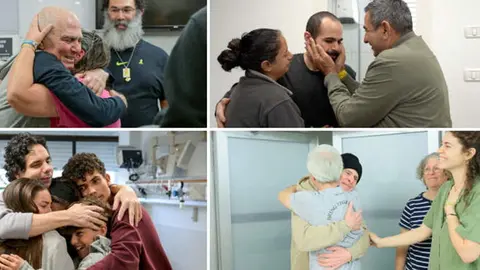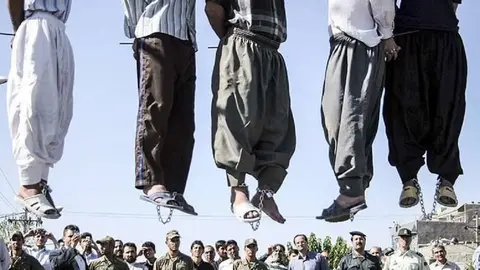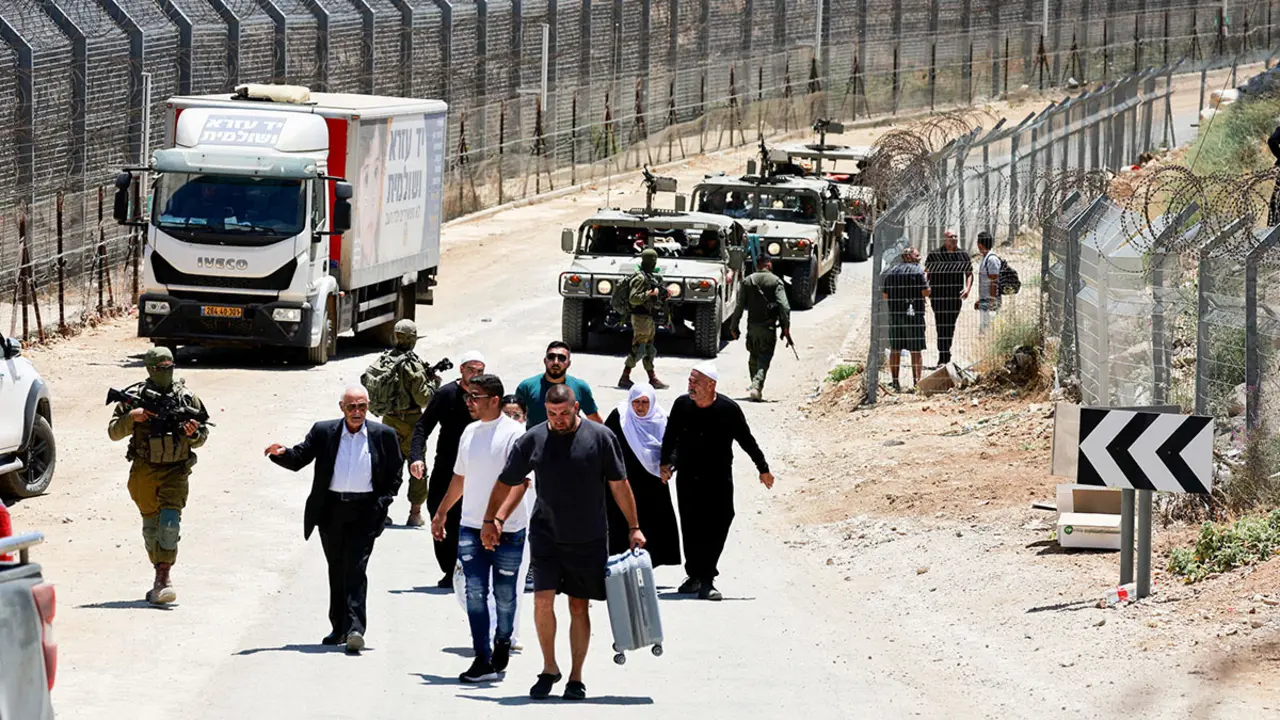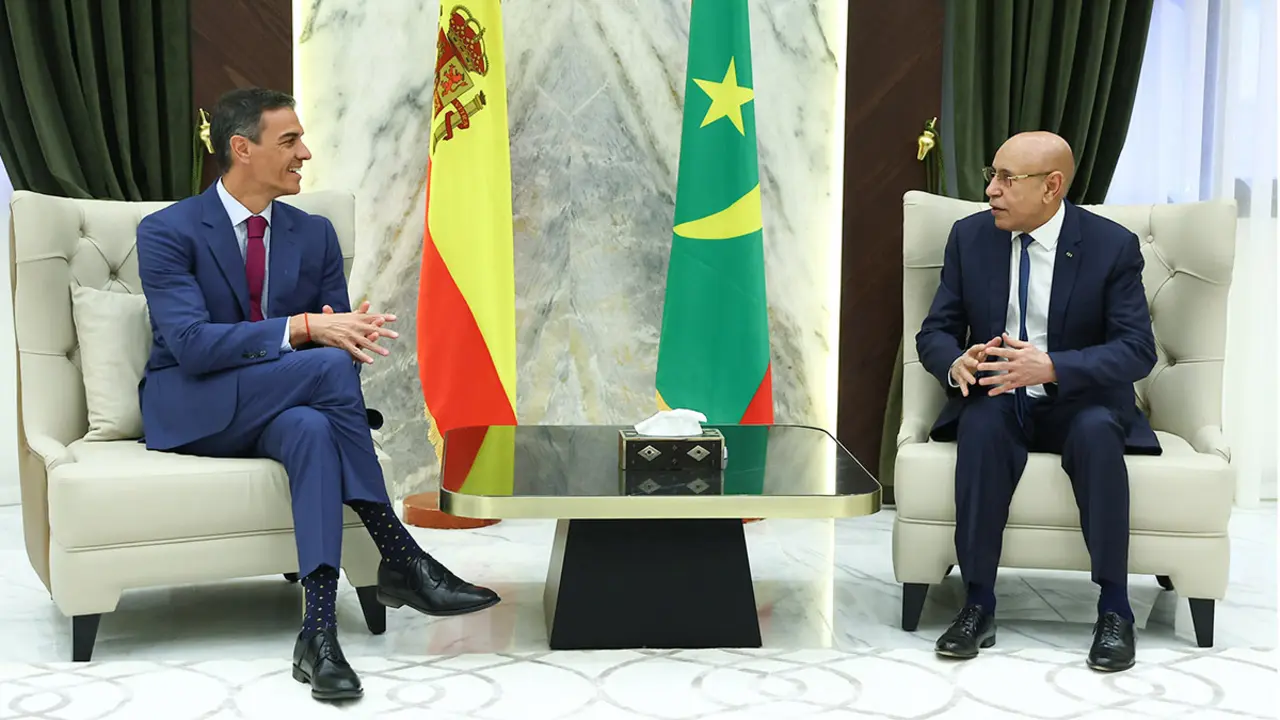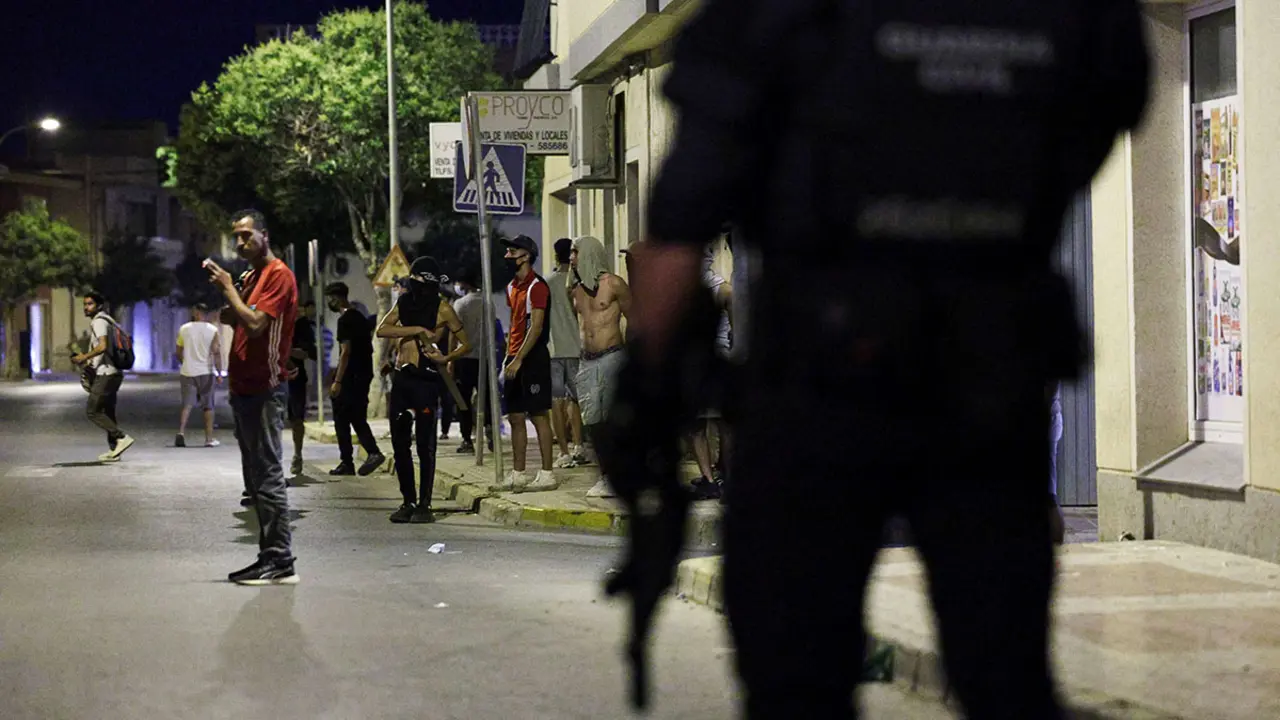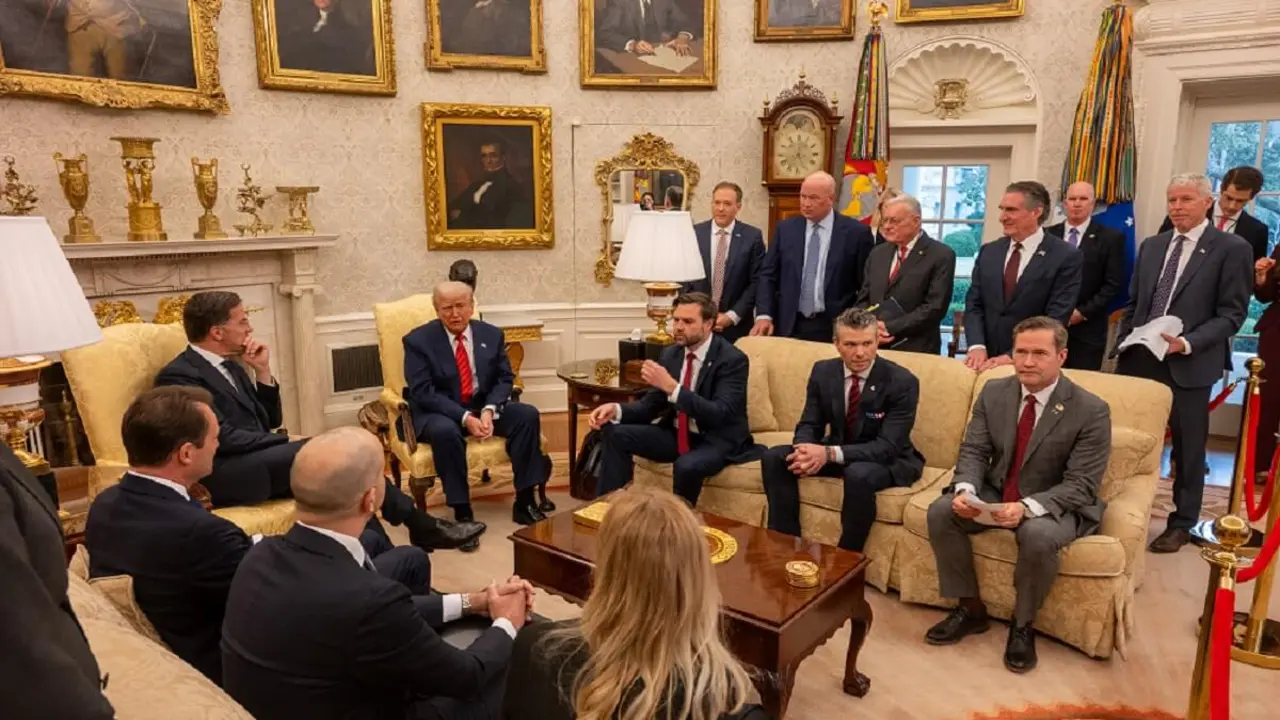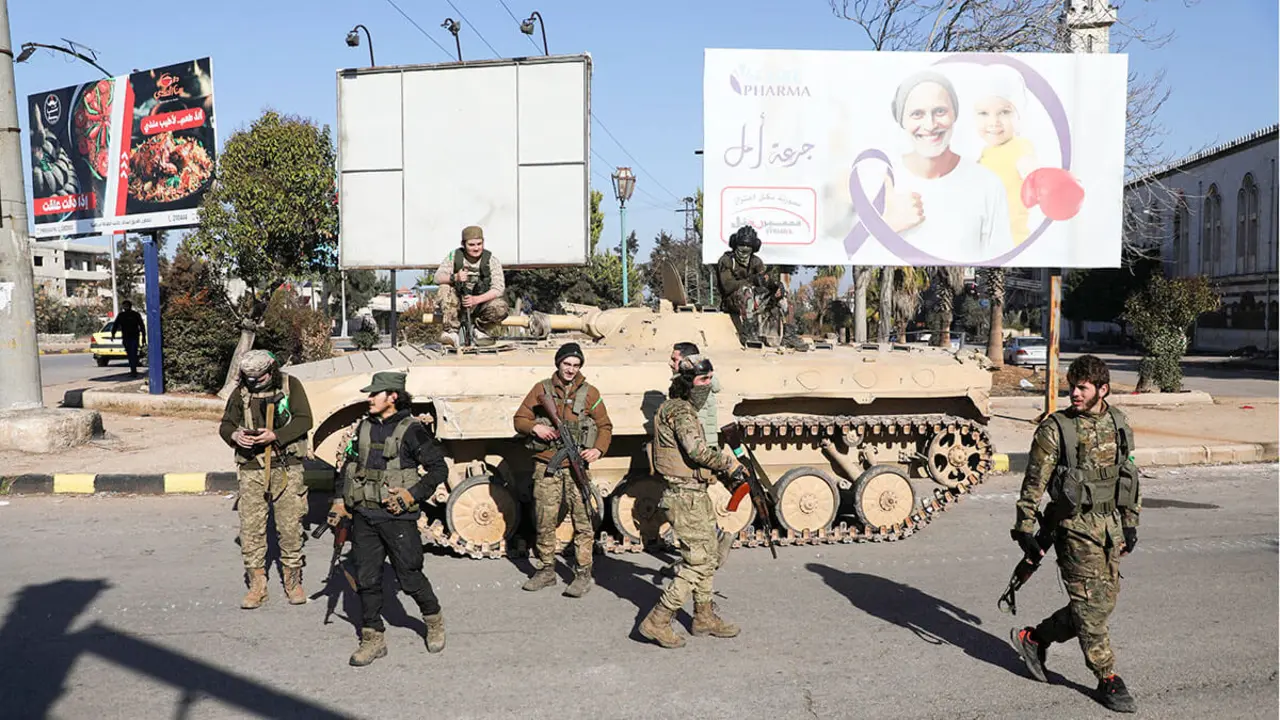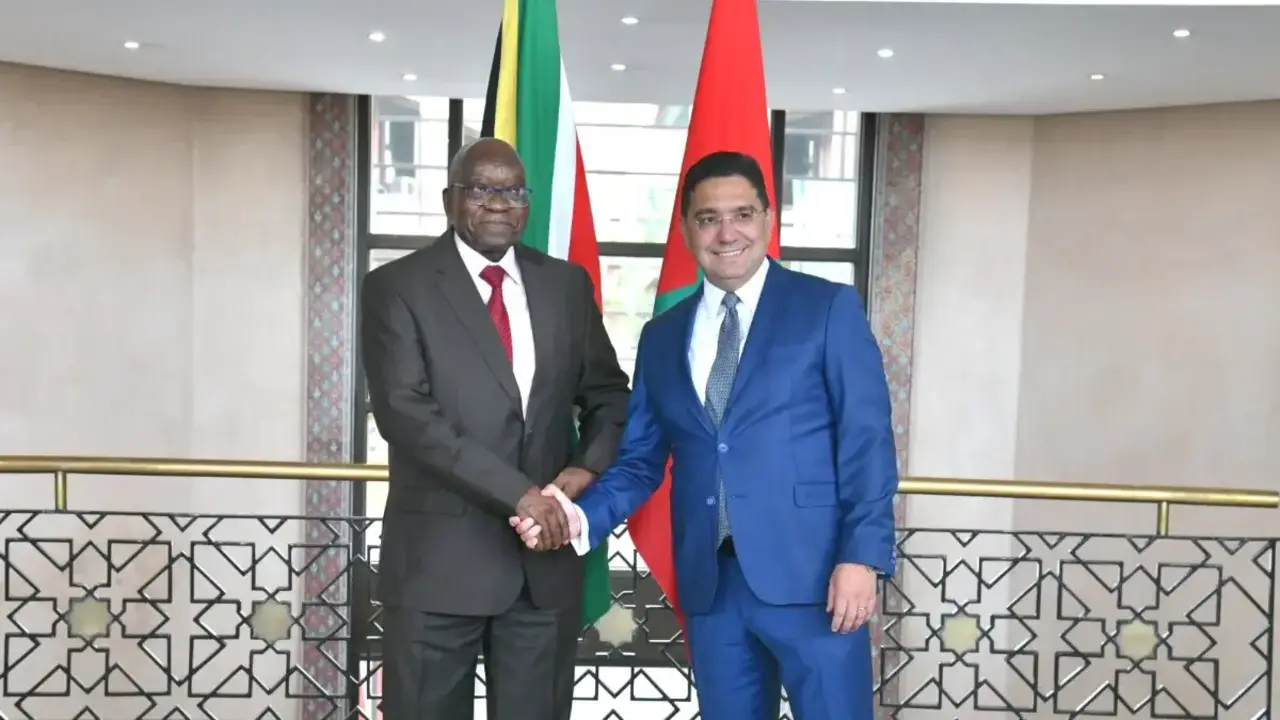Marta González Isidoro: ‘The release of hostages reinforces Hamas's image as a key political player in Gaza’
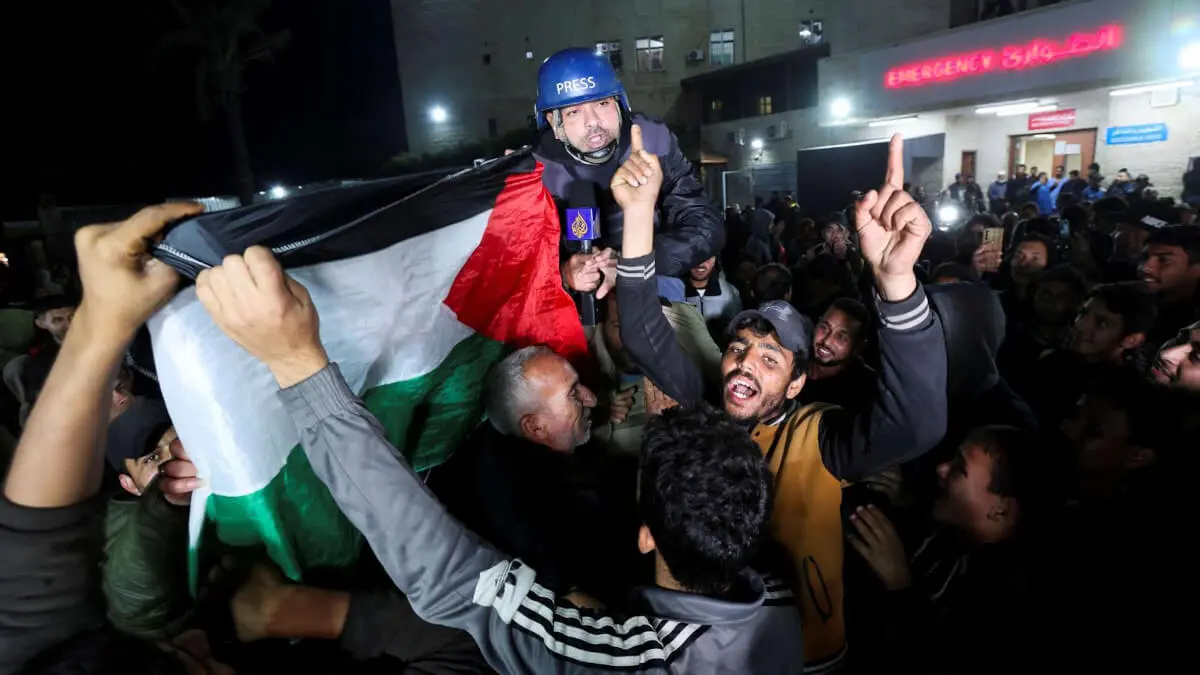
The expert international analyst Marta González Isidoro analysed the first hostage releases following the ceasefire agreement in Gaza on the Onda programme ‘De cara al mundo’ (Facing the world). She also considered Iran's influence in the region.
The release, Marta, of the hostages allows us to remember, because some people forget, how this new war began, the brutal terrorist attack by Hamas on Israel, killing more than 1,200 people and kidnapping 251. Do you think that Israel is achieving its aims with this ceasefire agreement right now? With the release of hostages, the release of Palestinian prisoners, the humanitarian aid that is coming in...
In Israel there is a very profound debate about the sense and meaning of this proposed ceasefire, which has the increasingly explicit feeling that it has been imposed by the United States, by both administrations, the outgoing one of Joe Biden, but also that of Donald Trump.
The objectives set out with regard to the war, to destroy the terrorist infrastructure and the leadership of Hamas, seem to be incompatible with the images we are seeing these days of the gradual and progressive release of hostages, in which we are seeing how the forces of Hamas are trying to convey to international public opinion, but also to Israel, that they are a necessary and obligatory actor in the future of the process of reconstruction of the Strip , that they are an indispensable political element and that they have not lost their military momentum either.
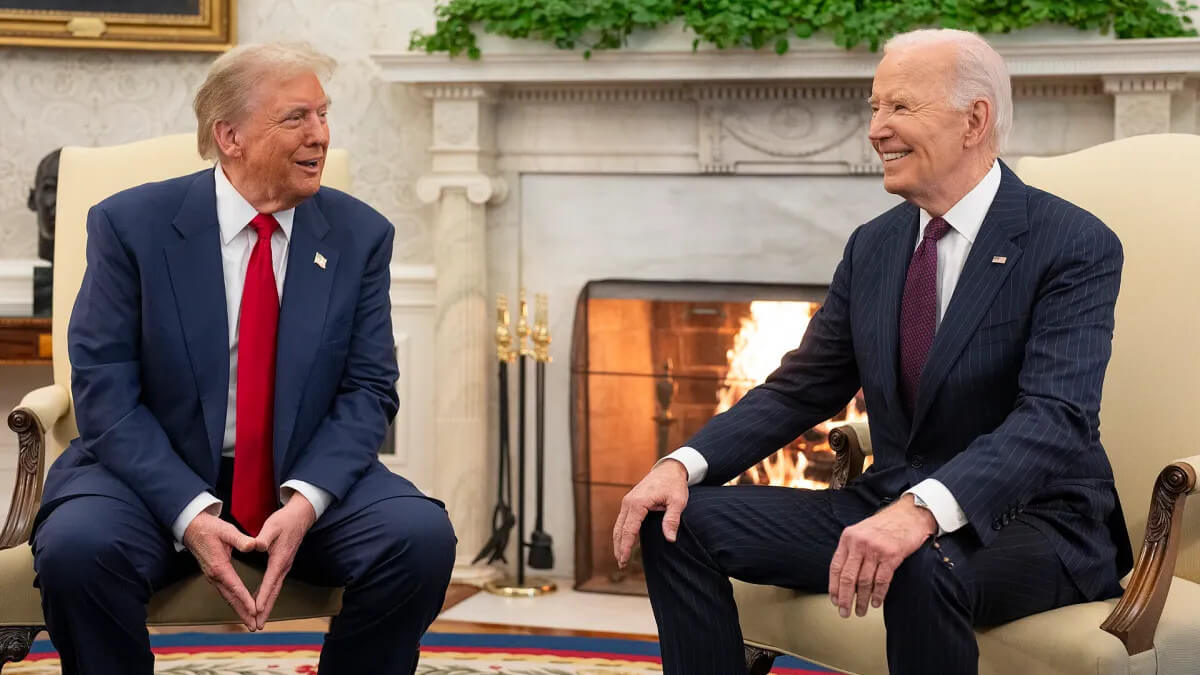
However, there are other opinions. Donald Trump has left on the table the option of evicting one and a half million Palestinians from the Strip to take them to Egypt and Jordan, which have, of course, denied that option and which seems quite unrealistic, if not impossible to carry out.
Being less politically correct than you, I will say that the decisions Donald Trump is now making ‘are surreal’. He has an idea of what the peace process or the pacification of conflicts is, call it the Middle East, as it could be Ukraine, in the sense of exercising pure and simple power and by decree, but what he is demonstrating is a part of insensitivity, and a quite clear ignorance of the dynamics of each conflict.
In this case, it is true that, ‘if we take a pragmatic and realistic approach’, it is practically impossible to carry out a rehabilitation project in the Gaza Strip with the civilian population inside. Not only because the infrastructures are destroyed, but also because of the international organisations that Israel doubts, as well as Israeli organisations. The Israeli army itself says that between 90 and 92% of the civilian infrastructure is destroyed, therefore, a physical restructuring cannot be undertaken with a civilian population inside that does not have the human conditions. But there are two ways of understanding the transfer of a population.
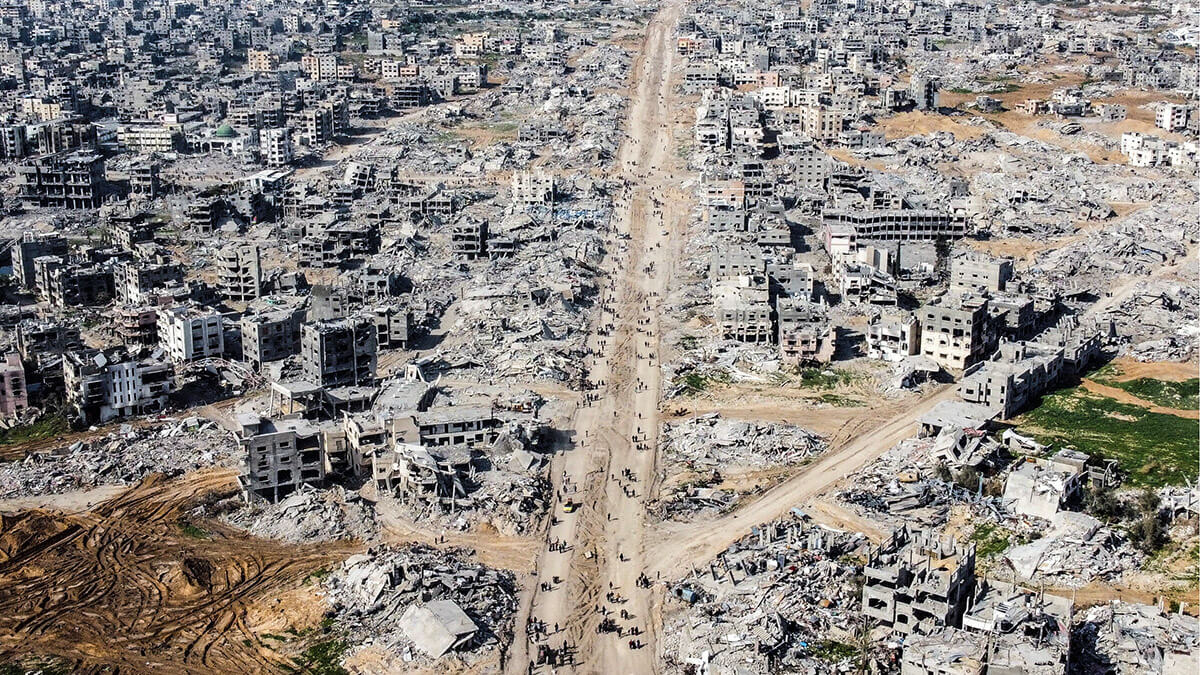
Trump thinks that by getting the population out of there he eliminates the problem, thus bringing an even bigger problem to the table. Not only the security issue of two million Palestinian refugees with an uncertain destination in Egypt and Jordan, with the internal destabilisation of the Egyptian regime that this implies, of subhuman conditions for the Palestinian civilian population that you don't know where you are going to accommodate, but it also clashes with the Gulf countries themselves and the Sunni Arab milieu that do not agree with an external actor working on the issue of Palestinian identity in this way Palestinian identity in this way. But then, in the Israeli case, it could also seem that there are very radical people, as everywhere, who would love the idea of transferring the Palestinian population.
From an international point of view, international law is an aberration, but it is true that the Israelis could think that by gradually and temporarily transferring part of the population to a safe area within the Strip they could undertake a military operation to finish off the part you asked me about earlier, to finish off Hamas's terrorist infrastructure.
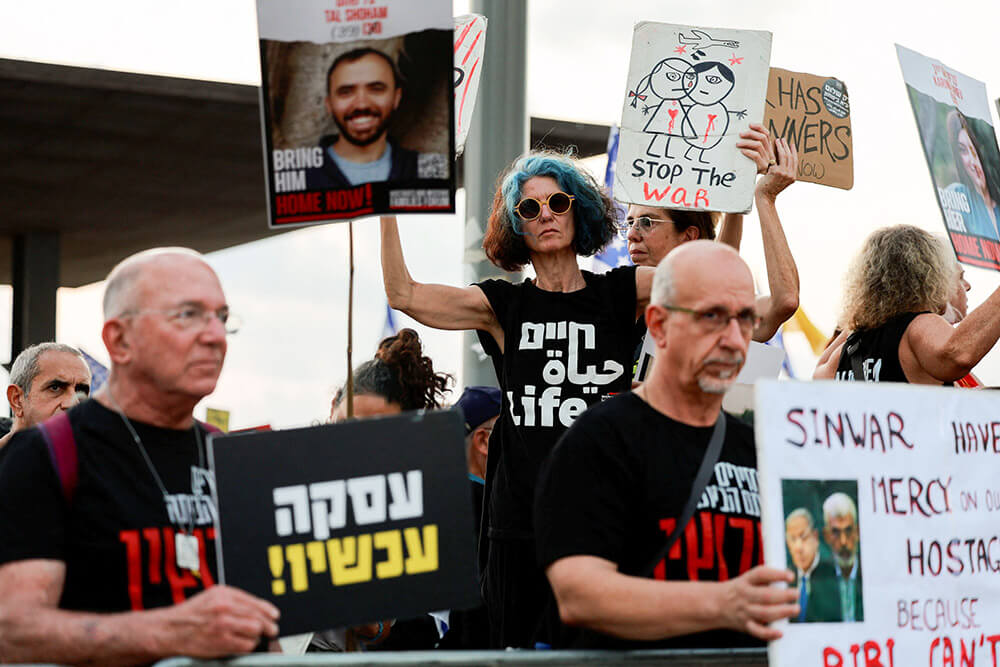
And I wonder, it's not just seeing them with their weapons, their AK-47s, their black military clothing, their green headscarves, where they have kept those hostages safe that the Israeli army has not been able to locate and free. There is an infrastructure there and if you ask me, a collaboration of civilians who, according to the testimonies of the freed hostages, have had them living with them.
The collaboration of the civilian population in this case has been necessary and essential. We are talking about a paramilitary organisation that also has political and social control of the infrastructure, of the humanitarian aid that enters, of the management of services and of the management of wills. Therefore, we see that Hamas also tries to maintain political control of the population and the Strip, but it deals with other organisations, with Islamic Jihad, which are what you call the black gang, which also has different factions.
In fact, some of these kidnapped hostages have been in the hands of specific brigades from extended segments of Islamic Jihad, in areas where the Israeli army had supposedly been operating a few months ago, in Khan Yunis. But it is completely difficult from an operational point of view to enter an army, such as the Israeli army or any western army, in a field where the surface infrastructure coexists with the non-surface infrastructure, the tunnels.
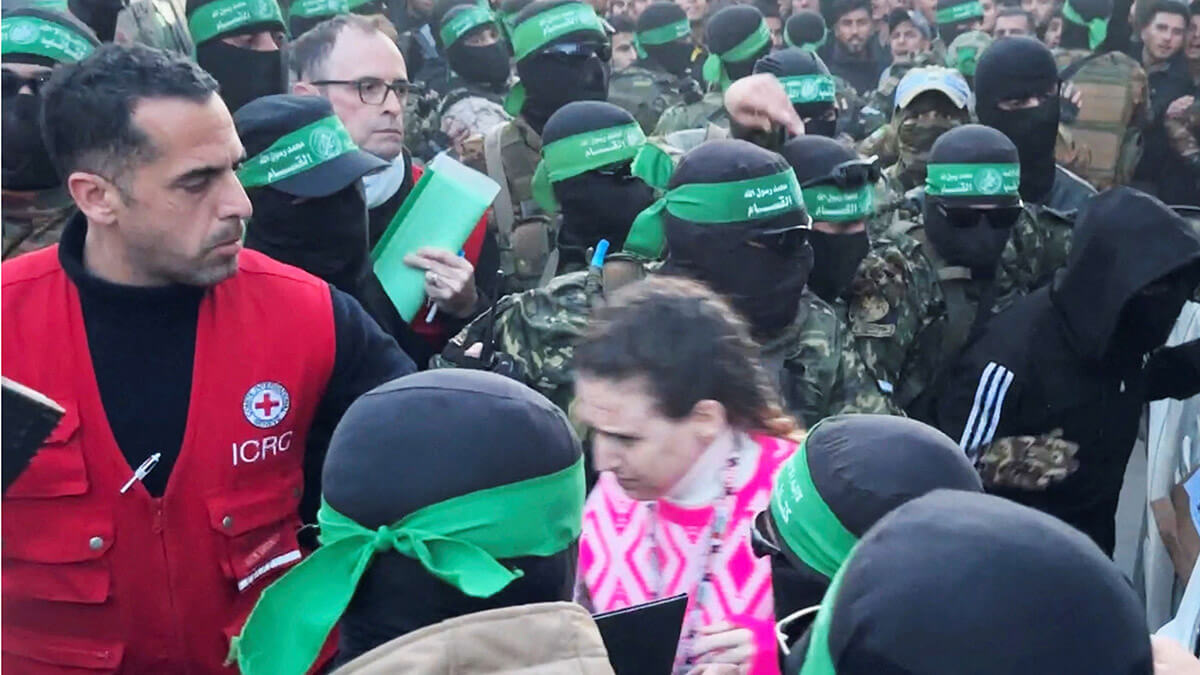
And then there is the propaganda that has been used very effectively by the Palestinians. Nobody likes the suffering or death of civilian children or women, which is the damage caused by those who attacked Israel, provoking the Israeli response. That must be made very clear. But Israel's military action, taking into account the propaganda of 47,000 deaths that no one can verify, has to limit its actions a lot to avoid civilian casualties. In Lebanon we are not seeing those images of children and women suffering in hospitals as we usually see in Gaza.
This is because in Gaza there is an overexposure of propaganda and images; anyone who wants to do a serious research exercise sees that these images are often canned, and, as we have seen, the participation of official media such as Al-Jazeera and Al-Arabiya. The problem is that there are no objective international media that can clearly verify what is happening there.
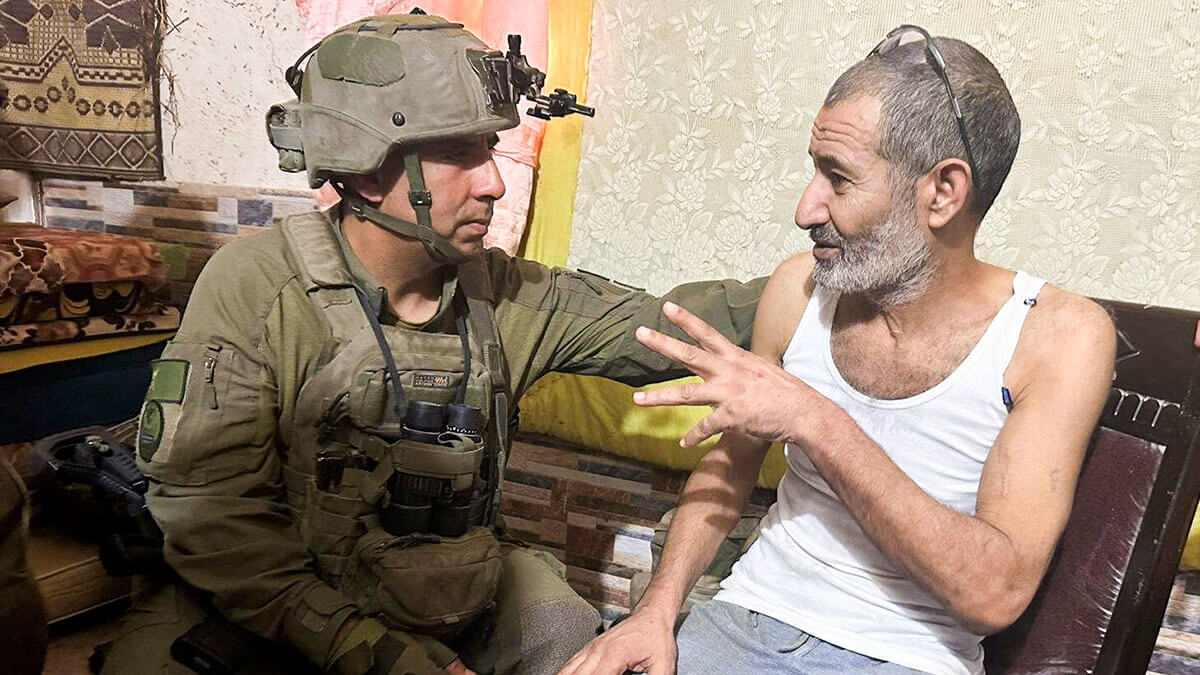
Marta, to finish up, the fundamental objective is to end Iran's influence in the region with the militias it has been financing and arming for so many years: Hamas in Gaza, the West Bank, Hezbollah in Lebanon, the Houthis in Yemen, the militias in Iraq and, very importantly, Syria. How satisfied do we think they are with the degree of fulfilment of this objective?
Israel has been more satisfied because it is true that we are seeing that the war in Syria, right now, with the recomposition of power or how Lebanon is trying to be recomposed, it seems that the cards are being reshuffled, but it is true that Iran's influence in the region is very weakened and the umbilical cord between Iran and Lebanon through Syria and all that space that linked what was known as the Shiite arc.
And, therefore, we see that there is a recomposition of alliances and the departure of Iranian influence seems to be swinging towards Sunni influence, in this case led by Turkey and Qatar, which are also, let's not forget, radical elements and form part of the ideology of the Muslim Brotherhood. It seems that we are replacing the Shiite influence with the Sunni influence supported by the Muslim Brotherhood.


